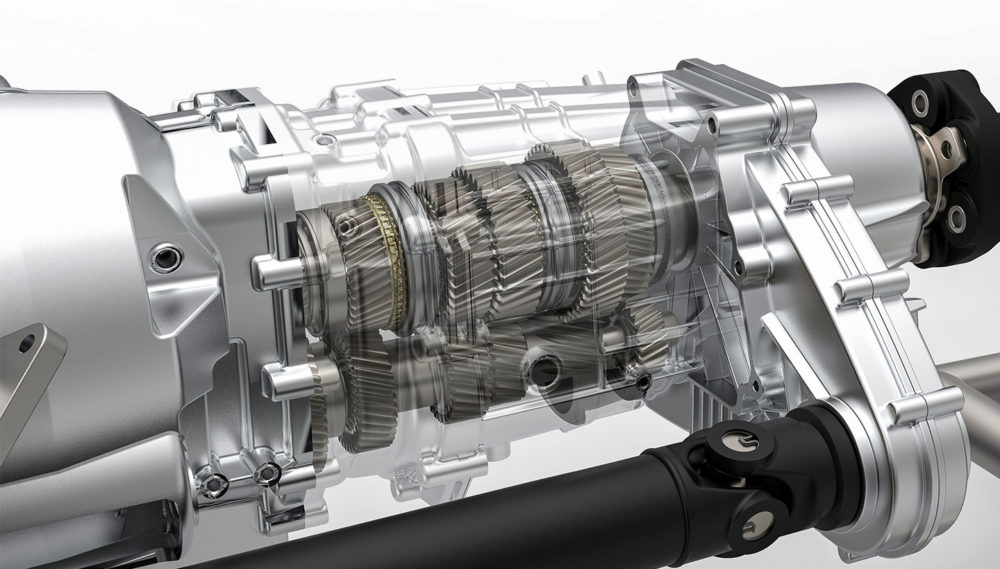Mobile:+86-311-808-126-83
Email:info@ydcastings.com
Understanding the Die Casting Process and Its Applications in Manufacturing
Understanding the Die Casting Process
Die casting is a highly efficient manufacturing process used to create metal parts with intricate shapes and high dimensional accuracy. This technique involves forcing molten metal into a mold cavity under pressure, allowing for the production of complex geometries that are lightweight yet durable. The die casting process is commonly employed in various industries, including automotive, aerospace, consumer electronics, and more.
Understanding the Die Casting Process
Once the mold is ready, the metal is melted in a furnace. Common metals used in die casting include aluminum, zinc, and magnesium due to their favorable properties, such as low melting points and excellent fluidity. After reaching the appropriate temperature, the molten metal is injected into the mold at high pressure, which helps overcome the surface tension and ensures that the mold fills completely.
what is die casting process

After the metal fills the cavity, it cools and solidifies quickly, allowing for rapid production. The pressure is maintained until the metal sets, which reduces the risk of defects and enhances the mechanical properties of the finished part. Once cooled, the mold is opened, and the cast part is ejected.
One of the significant advantages of die casting is its ability to produce large volumes of parts with minimal machining. This not only helps to reduce production costs but also enhances consistency in quality. Parts produced via die casting have excellent surface finishes and tight tolerances, making them suitable for applications that require high precision.
However, die casting also has its limitations. The initial cost of creating a mold can be significant, making it less cost-effective for low-volume production. Additionally, not all alloys can be die cast, and the process may not be suitable for very large parts due to the constraints of mold size and material properties.
In conclusion, die casting is a vital process in modern manufacturing, offering a combination of efficiency, precision, and versatility. Its application across various industries highlights its importance in producing innovative solutions for contemporary challenges.
-
Why Should You Invest in Superior Pump Castings for Your Equipment?NewsJun.09,2025
-
Unlock Performance Potential with Stainless Impellers and Aluminum End CapsNewsJun.09,2025
-
Revolutionize Your Machinery with Superior Cast Iron and Aluminum ComponentsNewsJun.09,2025
-
Revolutionize Fluid Dynamics with Premium Pump ComponentsNewsJun.09,2025
-
Optimizing Industrial Systems with Essential Valve ComponentsNewsJun.09,2025
-
Elevate Grid Efficiency with High-Precision Power CastingsNewsJun.09,2025











